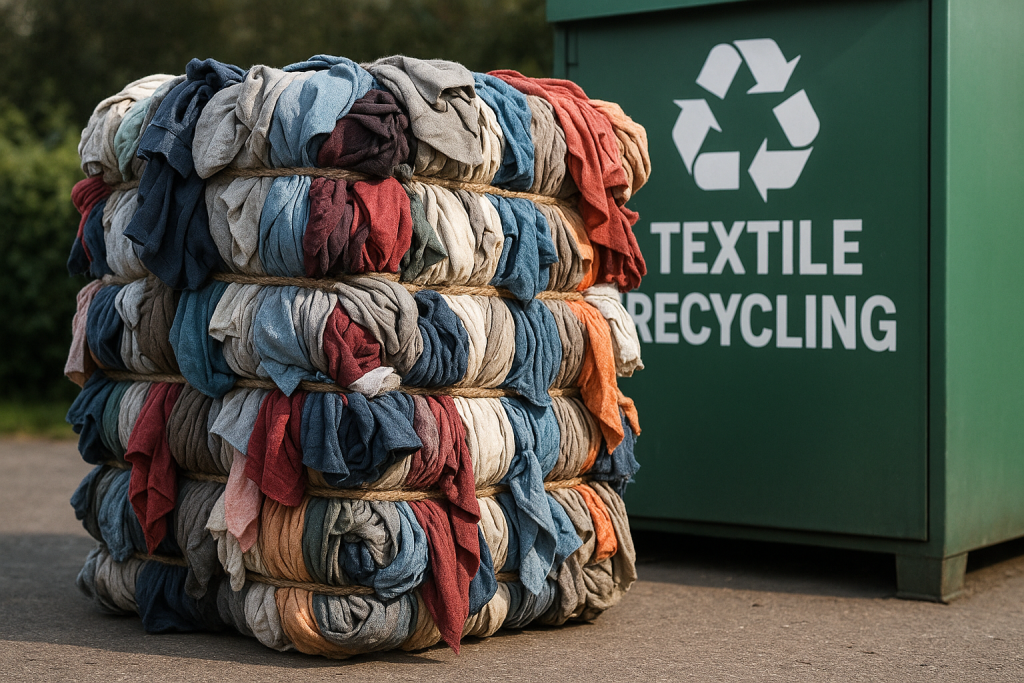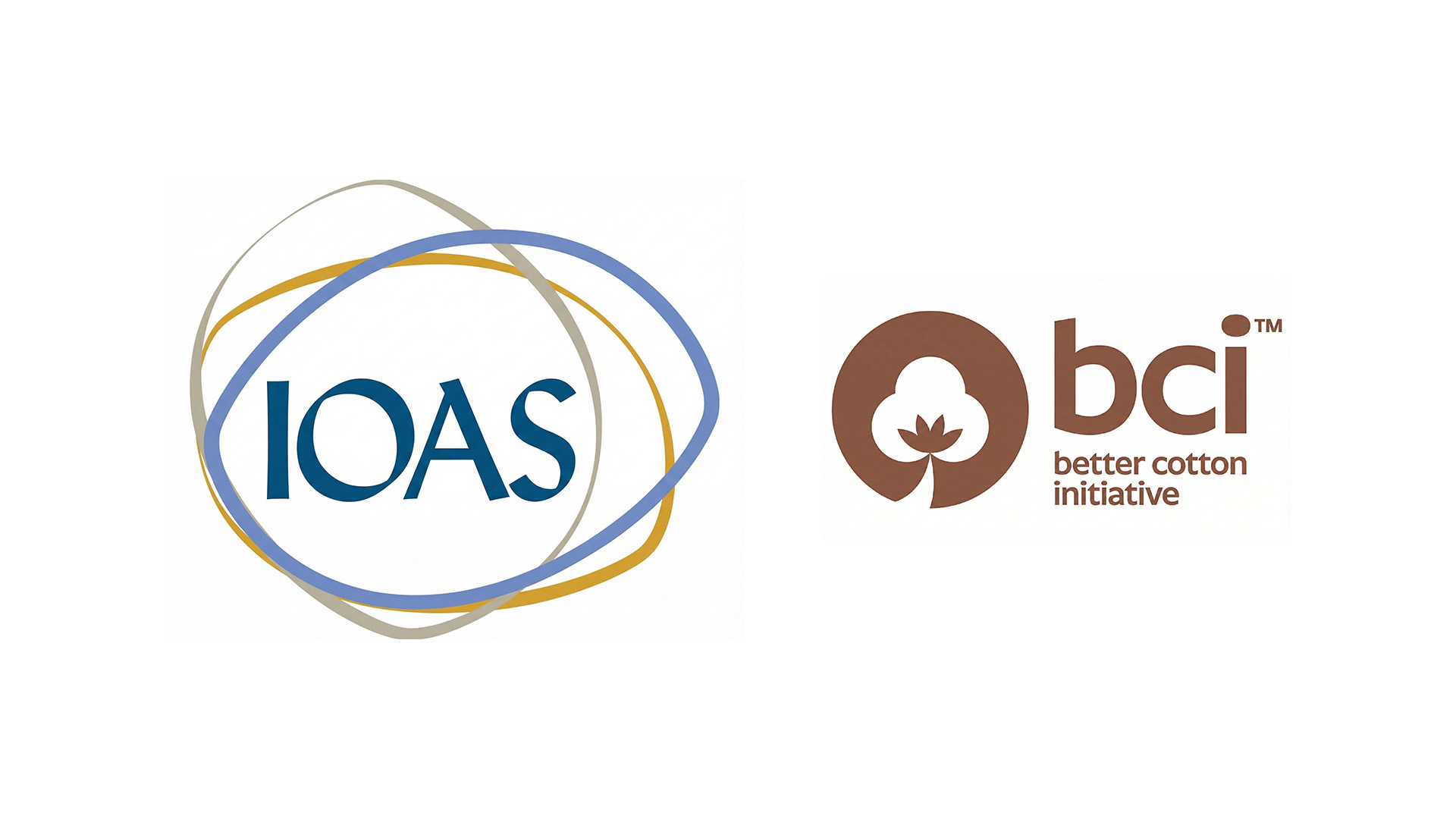A new study published by the European Commission highlights the environmental benefits of increasing textile-to-textile recycling across the EU. According to the report, raising the recycling rate to just 10% could prevent 440,000 tonnes of carbon emissions per year. This reduction is equivalent to taking nearly 200,000 cars off the road annually.
Additionally, the same scenario could save 8.8 billion cubic meters of water, alleviating pressure on Europe’s already strained water resources. While reuse remains the most environmentally beneficial strategy, the study emphasizes that recycling still offers meaningful gains.
The findings suggest that expanding recycling infrastructure, investing in innovative technologies, and improving logistics are essential for creating a more circular textile economy. Policymakers are expected to use this data to design updated regulations and incentives that promote higher recycling rates and responsible waste management.
Increased use of recycled textile input not only protects natural resources but also reduces dependency on virgin materials and imports. Experts agree that closing the textile loop through systematic recycling is a critical step toward meeting climate goals and ensuring a sustainable future for the textile industry.








